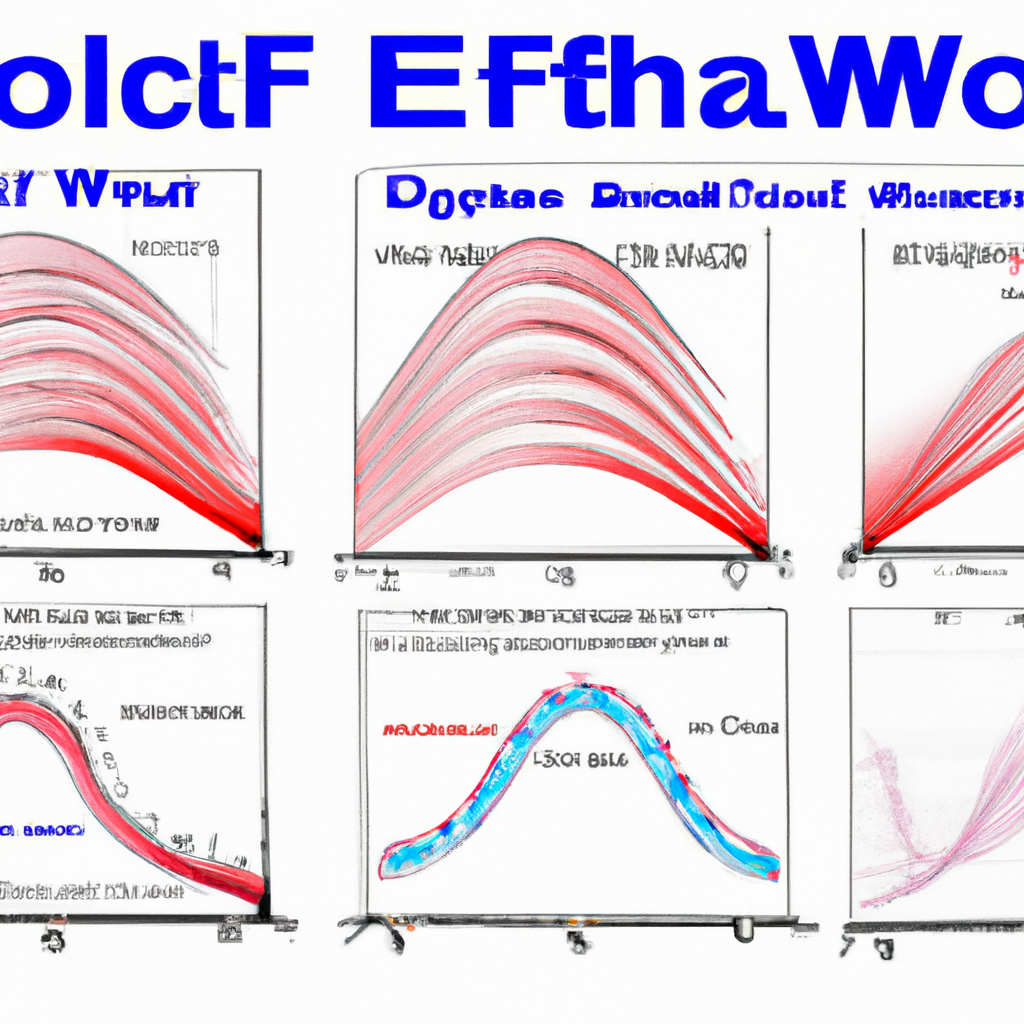Understanding Elliott Wave Forecasting Models
Elliott Wave forecasting models are a popular tool used by traders and analysts to predict future price movements in financial markets. Developed by Ralph Nelson Elliott in the 1930s, this technical analysis method is based on the theory that market prices move in repetitive patterns or waves.
Basic Principles of Elliott Wave Theory
According to Elliott Wave theory, market prices move in five waves in the direction of the main trend, followed by three corrective waves. These waves are labeled as impulse waves (1, 2, 3, 4, 5) and corrective waves (A, B, C). Traders use this pattern to identify potential entry and exit points in the market.
Key Concepts of Elliott Wave Forecasting Models
There are several key concepts that traders should understand when using Elliott Wave forecasting models:
- Wave Count: Traders need to accurately count the waves in a market cycle to make predictions about future price movements.
- Fibonacci Ratios: Elliott Wave theory relies on Fibonacci ratios to identify potential reversal points in the market.
- Wave Extensions: Sometimes, waves can extend beyond the typical five-wave pattern, leading to more complex wave structures.
Applying Elliott Wave Forecasting Models in Trading
Traders can use Elliott Wave forecasting models in several ways to make trading decisions:
- Identifying Trend Reversals: By analyzing wave patterns, traders can identify potential trend reversals in the market.
- Setting Price Targets: Traders can use Elliott Wave theory to set price targets for their trades based on wave patterns.
- Managing Risk: By understanding wave patterns, traders can better manage their risk and set stop-loss orders at key levels.
Challenges of Using Elliott Wave Forecasting Models
While Elliott Wave forecasting models can be a powerful tool for traders, there are some challenges to consider:
- Subjectivity: Wave counting can be subjective, leading to different interpretations of market movements.
- Complexity: Elliott Wave theory can be complex and require a deep understanding of technical analysis principles.
- Market Noise: External factors such as news events and economic data can sometimes disrupt wave patterns, leading to inaccurate forecasts.
Conclusion
Elliott Wave forecasting models can be a valuable tool for traders looking to predict future price movements in financial markets. By understanding the basic principles of Elliott Wave theory and applying it in their trading strategies, traders can gain a competitive edge in the market. However, it is important to be aware of the challenges and limitations of this technical analysis method to make informed trading decisions.


